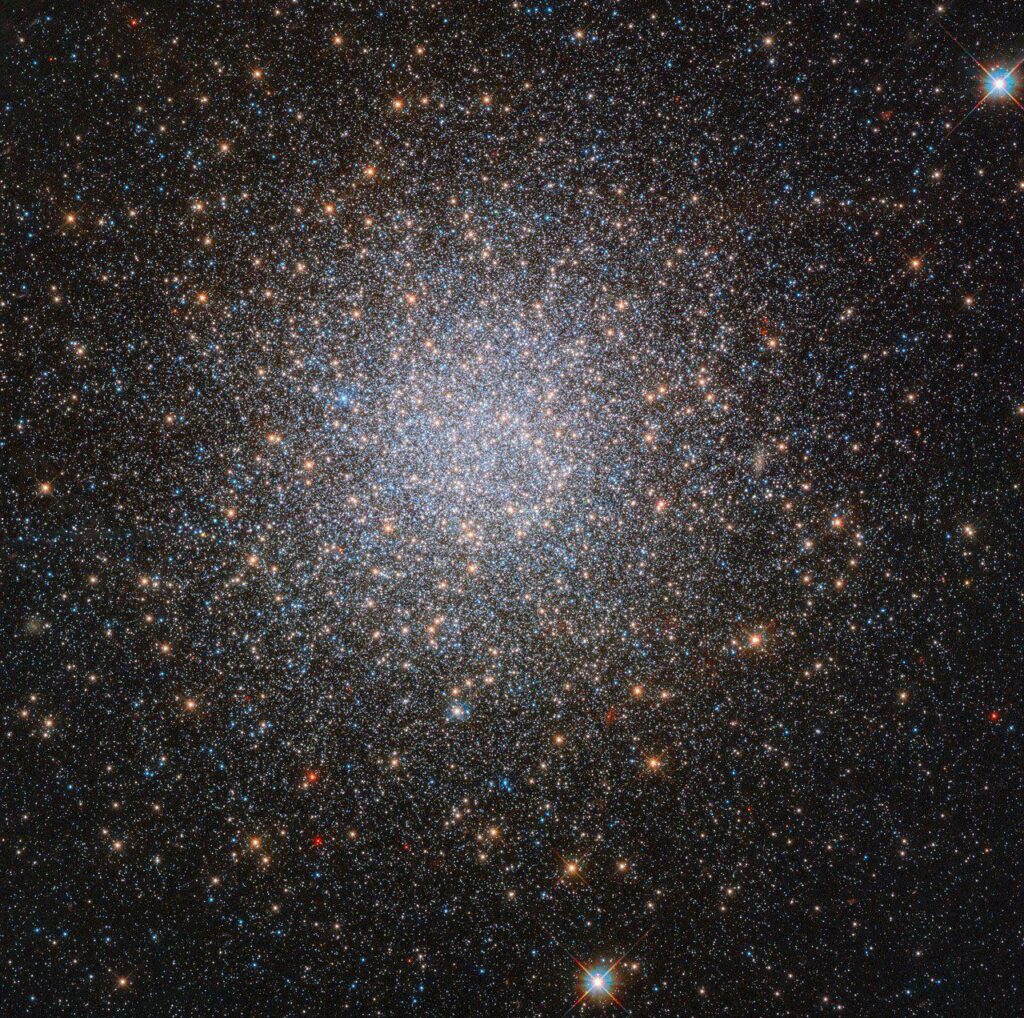In this image taken by the Hubble Space Telescope, you can see the globular cluster NGC 2419. Such objects are both beautiful and attractive from a scientific point of view.

Globular clusters are closely related groups of stars that orbit the galaxy like a single satellite. At the moment, astronomers have already discovered several hundred similar objects in the Milky Way. However, NGC 2419 stands out noticeably against their background.
The fact is that a typical globular cluster consists of stars formed at about the same time and containing a small amount of heavy elements. However, NGC 2419 is an exception to this rule. Hubble measurements have shown that the globular cluster contains two separate populations of red giant stars, and one of them is unusually rich in helium.
Moreover, NGC 2419 stars contain other elements, the content of which also varies depending on the population of stars. One of them is nitrogen. It is also interesting that helium-rich stars are located mainly in the center of a globular cluster and rotate. All these Hubble findings raise logical questions about how well astronomers really understand the mechanisms of formation of globular clusters.
Earlier we wrote about how James Webb opened the “Pandora’s box” of the galactic megacluster.
According to https://www.nasa.gov
Follow us on Twitter to get the most interesting space news in time
https://twitter.com/ust_magazine

